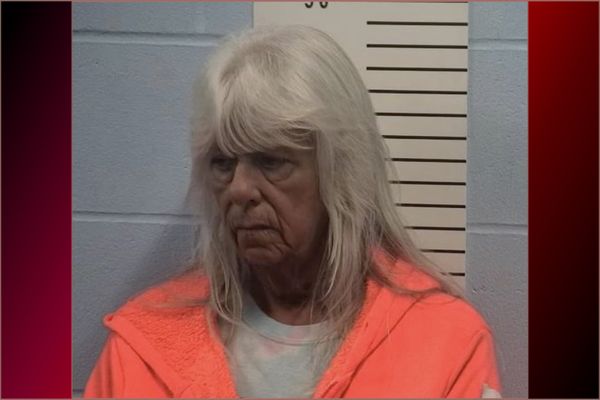
Michael Greve doesn't know how or why the image of Odysseus came to him. It wasn't even, now that he thinks about it, really Odysseus at all - it was just a man initially. The mythic hero of ancient Greece came later, and from somewhere deeper in the wine dark sea of his subconscious.
Homer would have called it a muse. Mr Greve doesn't want to intellectualise it too much.
The striking image of a nine-metre male figure lashed to a mast that emerges from the raw edges of a found piece of timber that weighs around 650 kilograms was the first of around 150 sculptures to be installed at Fort Scratchley this week for the second exhibition that last year saw a giant whale by the same artist loom over the city.
It's an imposing figure, seemingly appearing out of time and fittingly surrounded by the panorama of Hunter coastline.
As much as the artist believes that all creative work is a self portrait, he goes out of his way to erase his own image from his most recent work. It's not about him, he says, it's not intellectual or purposeful. It comes from somewhere primal. And he wants those who see it to have a primal response.

Mr Greve won last year's Sculptures at Scracthley exhibition with Bleaching - a similarly immense sculpture of a breaching whale that has been installed at the fort since it was acquired by former Lord Mayor and noted local collector Jeff McCLoy.
Mr McCloy has previously indicated that he intends to move the work to the entrance to his Driftwood Shores housing estate at Tuross Head on the south coast near Batemans Bay but approvals were moving steadily.
"It will probably stay for some time," he told the Newcastle Herald in January.
Asked how he arrived on the idea for his latest work, Mr Greve's answer is emphatic: "I didn't," he said.
"It just changed. I found the first piece of wood down at Fish Creek in Victoria and I built it down there at a mate's place. Odysseus just turned up. Believe me, if you think that this was in any way controlled - the piece just happened."
Mr Greve wants his work to appear timeless. It's why, he said, he named it after a legend more than 4000 years old. He has also worked hard to remove any signs of intervention in the piece. He wants it to arrive all at once, seemingly out of the natural world. Until this week, he hadn't even seen it standing - it wasn't until it was craned into position that he finally saw the piece finished.
"I had no idea what it was going to look like when it went up," he said, with a wry tone, "I've never seen it up in the air - it could have looked bloody atrocious. And then when it went up and I looked at it, I thought 'No, you got away with that'."

The exhibition's founders, Grahame and Bec Wilson, have been overwhelmed by the number of entries in the second iteration of the exhibition after funding the venture themselves in the first year.
"Last year we had 33 artists," Mr Wilson said, "This year, we have 75 and we've got almost triple the amount of sculptures on display as well."
Mr Wilson couldn't quite decide if the idea to fill the historic fort with art for free visitations for two weeks from May 11 was driven by his "Robin Hood complex" or his Quixotic spirit - either way, he says being a "pig headed old bugger" helped.
"I saw an opportunity that I might have been able to get some funding that didn't materialise in the original case, and so being a sort of a pig headed old bugger, I said, you know what? I'll do it," he said.
"Sculpture exhibitions are a little bit different to others. They're more tactile. People can walk around them and see them from different angles ... You go up there and you're actually looking at something instead of a screen."
Mr Wilson hopes the exhibition will bring visitors to the city, and encourage the locals to explore the works like that of Mr Greve's. For the artist, the work is a visceral thing - something deeply intwined with the human condition that connects us.
"The woman who was driving the crane when we put Odysseus up," he said, "She turned up and saw it and said 'I make stuff with pieces of wood and I collect stones', and then she showed me all of her work.
"This is not my process. People - kids - do this all the time. It's a very childlike thing; obviously I have method and technique that I have learned over the years but essentially the piece is still coming out of a very childlike place and I'm very conscious of that.
"There's nothing intellectual in this, although the story of Odysseus and the Iliad and Homer ... there's a lot of layers to their stories.
"Hopefully people will look at it and they'll go and think, wow, where did he find two pieces of wood that look like that? Well, the point is they didn't. I would like to think that all signs that I've touched it, I've hidden. I really want people to feel as though it was like that."







